Learning Guide
NATIVE FORESTS: WEBB’S BUSH
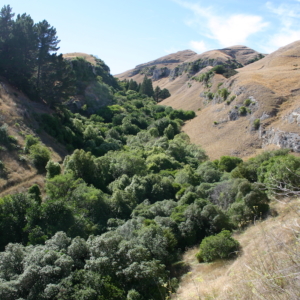
Webb’s Bush is the largest native forest in Te Mata Park, containing karaka trees which are over 100 years old, as well as ngaio and māhoe that are many decades old. The name Webb’s is derived from Webb’s Nursery. The Webb family nursery donated native trees for planting in 1945 to begin to restore this bush remnant, and plantings have continued up to the present.
Webb’s Bush is located in the valley of Te Heu, which is in the heart of the Park on the yellow track. It is of considerable ecological importance, with extensive plantings of karaka, māhoe, puriri, houhere, and other native plants that make up this forest ecosystem.
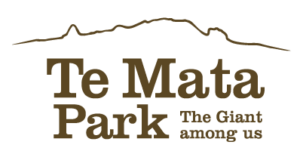
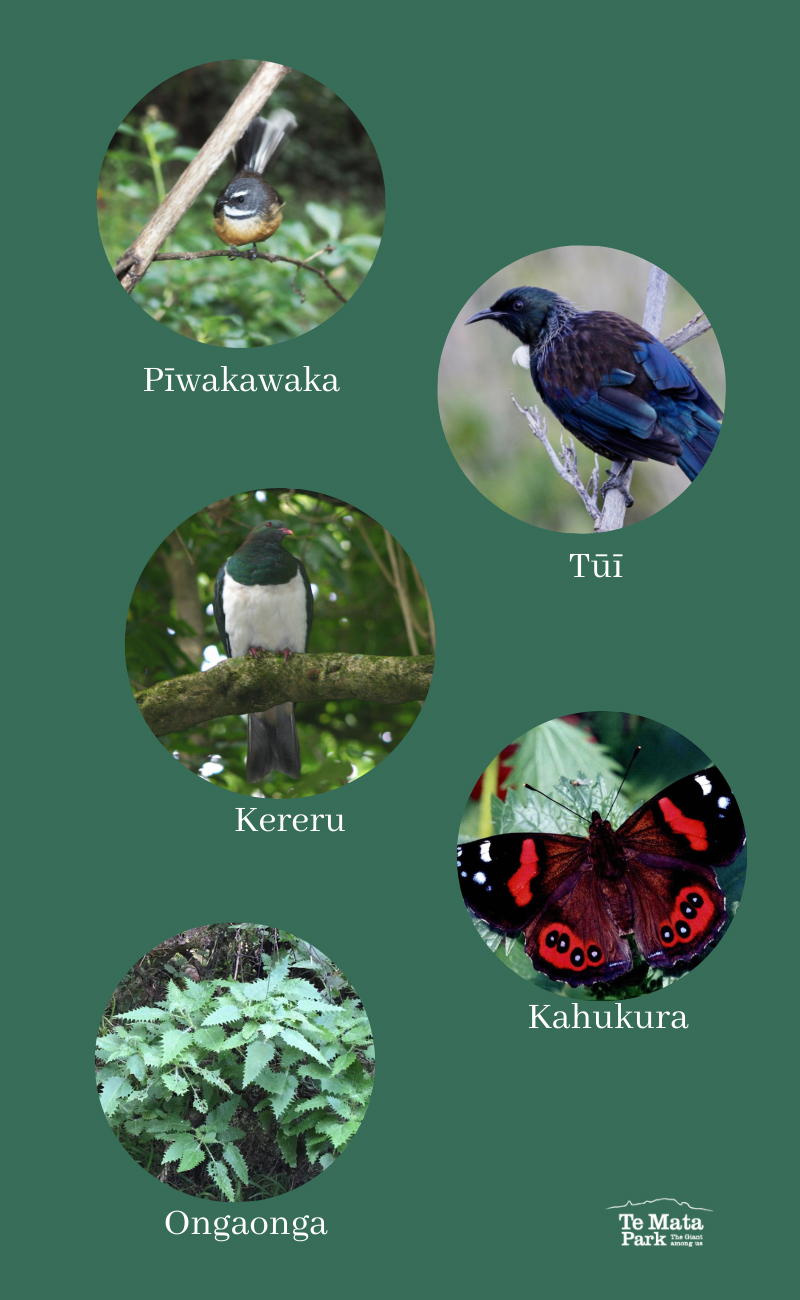
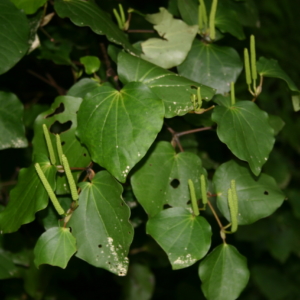
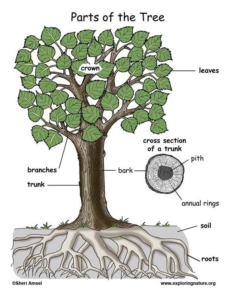
 Five times winner of the prestigious international green space award.
Five times winner of the prestigious international green space award. Source: Mike Lusk
Source: Mike Lusk Source: Mike Lusk
Source: Mike Lusk